
Baron Dufferin and Claneboye, of Ballyleidy and Killyleagh in County Down, Northern Ireland, is a title in the Peerage of Ireland. It was created on 30 July 1800 for Dame Dorcas Blackwood, widow of Sir John Blackwood, 2nd Baronet, Member of the Irish Parliament for Killyleagh and Bangor, in return for support for the Union of Ireland and the United Kingdom.
The Milne Baronetcy, of Barnton, Dumfries, was a title in the Baronetage of Nova Scotia. It was created on 19 March 1686 for Robert Milne with remainder to his heirs male whatsoever. Sir Robert Milne purchased Barnton in 1680, but due to financial problems sold it before 1698. On the death of Sir John the baronetcy became either extinct or dormant.

There have been six baronetcies created for persons with the surname Smyth, two in the Baronetage of England, one in the Baronetage of Great Britain, one in the Baronetage of Ireland and two in the Baronetage of the United Kingdom. One creation is extant as of 2010.
Nineteen baronetcies have been created for persons with the surname Hamilton, eight in the Baronetage of Nova Scotia, one in the Baronetage of England, five in the Baronetage of Ireland, one in the Baronetage of Great Britain and four in the Baronetage of the United Kingdom. As of 2008 two creations are extant, two are dormant, two are either extinct or dormant and twelve extinct.
There have been nine baronetcies created for persons with the surname Lloyd, three in the Baronetage of England, three in the Baronetage of Great Britain and three in the Baronetage of the United Kingdom. Two of the creations are extant as of 2010.

There have been four baronetcies created for persons with the surname Hope, three in the Baronetage of Nova Scotia and one in the Baronetage of the United Kingdom. As of 2010 one creation is extant, one dormant and two extinct.

There have been two baronetcies created for persons with the surname Head, one in the Baronetage of England and one in the Baronetage of the United Kingdom. One creation is extant as of 2007.
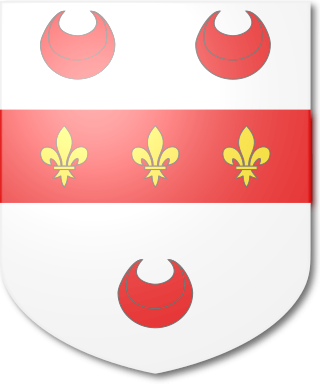
The Oakeley Baronetcy, of Shrewsbury, is a title in the Baronetage of Great Britain. It was created on 5 June 1790 for the Indian administrator Charles Oakeley. He served as Governor of Madras from 1790 to 1794. Frederick Oakeley was the second son of the first Baronet.
There have been four baronetcies created for persons with the surname Preston, two in the Baronetage of Nova Scotia, one in the Baronetage of England and another in the Baronetage of the United Kingdom.
The Peacocke Baronetcy, of Grange in the County of Limerick and of Barntinck in the County of Clare, was a title in the Baronetage of the United Kingdom. It was created on 24 December 1802 for Sir Joseph Peacocke, of Grange, County Limerick. Sir Joseph was the son of George Peacocke Esq. and his wife Mary (Levett) Peacocke, daughter of Joseph Levett, Alderman, of Cork, Ireland. The title became extinct on the death of his grandson, the third Baronet, in 1876.
There have been two baronetcies- both extinct- granted to the Willises of Fen Ditton, both in the Baronetage of England.
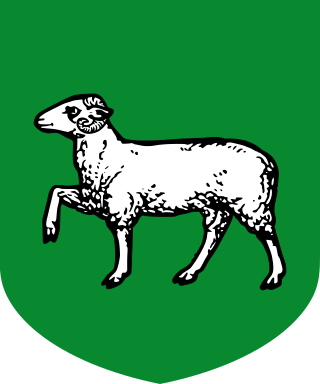
The Yea baronetcy, of Pyrland in the County of Somerset, was a title in the Baronetage of Great Britain. It was created on 18 June 1759 for William Yea, who was High Sheriff of Somerset in 1760. The title became extinct on the death of the third Baronet in 1864.
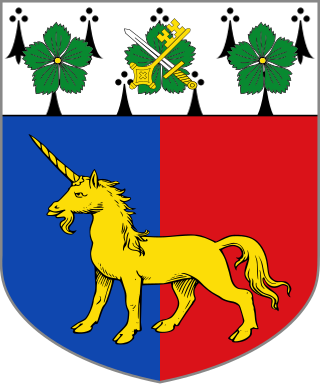
The Flower Baronetcy, of Lobb in the County of Oxford and of Woodford in the County of Essex, was a title in the Baronetage of the United Kingdom. It was created on 1 December 1809 for Charles Flower, Lord Mayor of London from 1808 to 1809. The title became extinct on the death of the second Baronet in 1850.
There have been five baronetcies created for persons with the surname Taylor, one in the Baronetage of England, one in the Baronetage of Great Britain and three in the Baronetage of the United Kingdom. Only one creation is extant as of 2011.

Sir Roger Martin, 2nd Baronet was son of Sir Roger Martin, 1st Baronet and Tamworth, daughter of Edward Horner of Mells, Somerset. He inherited his baronetcy from his father, who was the first Martin Baronet of Long Melford created on 28 March 1667, upon his death in 1712.

Earl of Arran is a title in the Peerage of Ireland. It is not to be confused with the title Earl of Arran in the Peerage of Scotland. The two titles refer to different places: the Aran Islands in Ireland, and the Isle of Arran in Scotland. The Irish earldom is held by the Gore family. The Scottish earldom is a separate title, held as a subsidiary title of the Duke of Hamilton.

The Cox Baronetcy, of Dunmanway in the County of Cork, was created in the Baronetage of Ireland on 21 November 1706 for Richard Cox, Lord Chancellor of Ireland. The second Baronet represented Clonakilty in the Irish House of Commons. The title presumably became extinct on the death of the 12th Baronet in 1873.
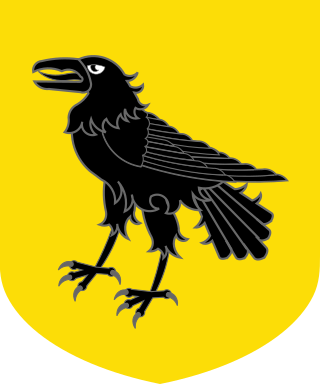
The Corbet baronetcy, of Moreton Corbet in the County of Shropshire, was created in the Baronetage of England on 29 January 1642 for the Royalist Vincent Corbet. Both he and the second Baronet sat as Members of Parliament for Shropshire.

The Smith baronetcy of Eardiston, Worcestershire was created on 23 September 1809 in the Baronetage of the United Kingdom for William Smith.
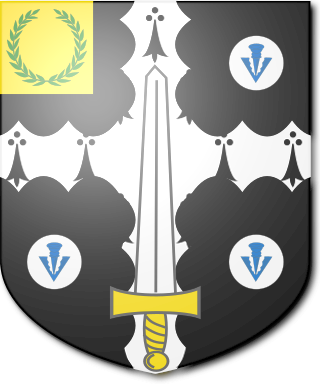
The Fletcher baronetcy, of Carrow in the County of Cork, was a title in the Baronetage of the United Kingdom. It was created on 14 December 1812 for Richard Fletcher of the Royal Engineers. He died in August 1813 at the Siege of San Sebastián. The baronetcy was extinct on the death of the 2nd Baronet in 1876.














